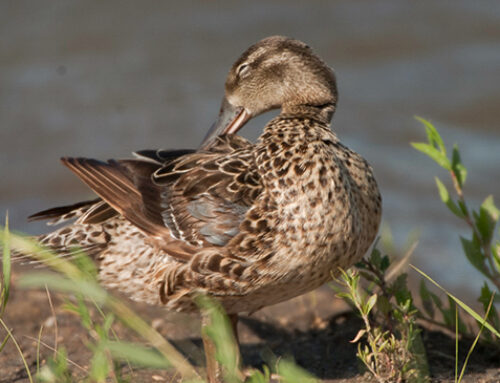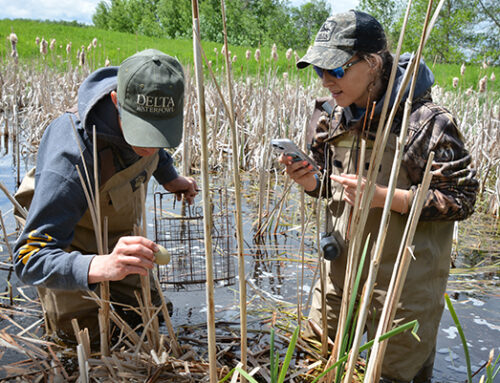Eastern Survey Shows Promising Results
Strong conditions, stable duck populations should excite Atlantic Flyway ’fowlers

By Kyle Wintersteen
While the traditional survey area feeds all four flyways, the eastern survey area is a key fall-flight indicator for Atlantic Flyway waterfowlers. Conducted jointly by the U.S. Fish and Wildlife Service and Canadian Wildlife Service since 1990, the survey provides estimates for the six most abundant breeding ducks across the eastern United States and Canada.
Several key species increased over 2022, but eastern survey numbers do come with an important caveat: Their collection methods entail broader margins of error than the traditional survey area; therefore even fairly large changes can be considered statistically insignificant.
Still, the data is promising for an East Coast icon: Black ducks are up 8% to 732,000 and are now 6% above the long-term average. This should further solidify the two-bird daily limit that U.S. waterfowlers have enjoyed for several seasons.
“This is certainly wonderful news for black ducks, as minimally the population appears to be stable,” said Dr. Frank Rohwer, president and chief scientist for Delta Waterfowl. “Back in the 1990s, a lot of really smart scientists predicted that by now we’d be seeing a population crash caused by cross-breeding with mallards.”
Speaking of greenheads, mallards are at the forefront of Atlantic Flyway waterfowlers’ minds too, given recent years of reduced bag limits (a four-mallard/two-hen limit was put back in place for the coming season based on 2022 eastern survey data). Although mallards declined 4%, they held above 1.2 million, which should ensure the continuation of a four-mallard daily limit for the 2024-2025 season.
Green-winged teal increased by 17% to 386,000, which is 9% above the long-term average, while goldeneyes were up 28% to 848,000, 28% above the long-term average. Ring-necked ducks declined by 3% to 660,000, putting them 5% below the long-term average, and mergansers fell by 1% to 949,000, but remain 24% above the long-term average.
Populations of wood ducks—an important bird to hunter harvest and one of the species used to formulate season lengths and bag limits in the Atlantic Flyway—were surveyed from New Hampshire south to Virginia. Woodies held steady at a robust 1 million, topping the long-term average of 900,000.
Further, waterfowl breeding habitat conditions were good to excellent across the eastern survey area this spring, including important regions of Ontario, Quebec, the Maritimes provinces and the northeast U.S.
“The eastern survey area had a strong combination this spring of good breeding duck estimates and excellent conditions for duck production,” Rohwer said. “The Atlantic Flyway should see a robust fall flight.”







Leave A Comment